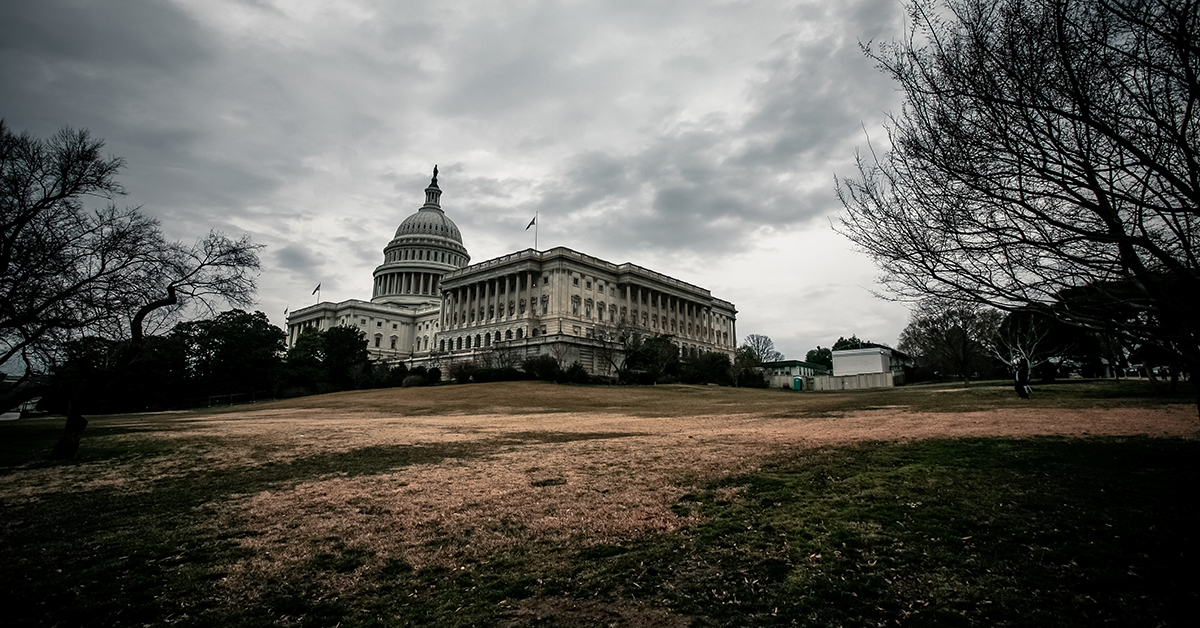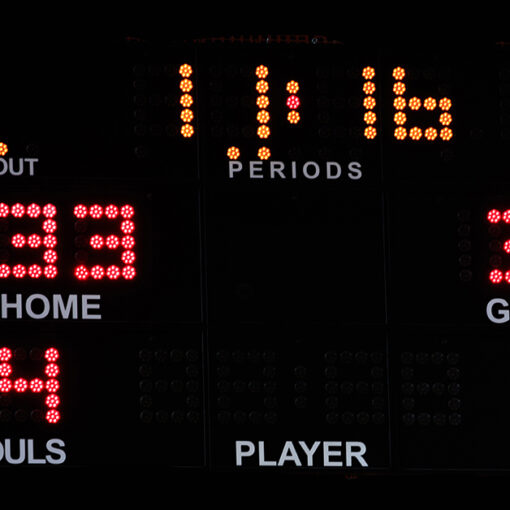How much would the US government be worth if we valued it using a discounted cash flow (DCF) model like any other firm? A new paper by Zhengyang Jiang, Hanno Lustig, Stijn Van Nieuwerburgh, and Mindy Z. Xiaolan tackles that very question.
The exercise is simple and straightforward. Every US citizen and taxpayer in a sense owns a stake in the US government. The US government creates revenue through taxes and in return delivers goods and services to its stakeholders. Meanwhile, the US government takes on debt that it must repay sometime in the future. It can raise debt to cover losses, but it can’t raise equity capital very easily.
The Congressional Budget Office (CBO) publishes long-term projections for government tax revenues, government spending, and debt to 2051 that can be used to estimate future cash flows.
But what about the discount rate? The authors correctly assume that the discount rate of future cash flows must be higher than the safe rate of interest, or the Treasury yield, for the corresponding maturity. Why? Because tax revenues are volatile and highly correlated with GDP growth. If the country falls into recession, tax revenues usually plunge off a cliff. So, the authors apply a discount rate that assumes there is a risk premium of some 2.6% above Treasury yields. (Read the paper for more on how the risk premium was derived.)
Putting these numbers into action, the authors conclude that the net present value of future government primary surpluses — that is, government revenues minus government spending — is negative, to the tune of $21.6 trillion. That is a lot of money the government needs to raise to cover the deficits from now until 2051.
But the government can raise debt, and the net present value of debt on its balance sheet is some $31.7 trillion. Thus, the total net present value of the US government is more than $10 trillion. However, the total value of the debt outstanding today is $23.5 trillion, or about $13.5 trillion more than the government is worth.
If the US government were a normal company, it would have had to declare bankruptcy long ago.
But the US government is not a normal company. It has two distinct advantages. First, it can print money and generate revenue through the privilege of seigniorage. According to estimates, this seigniorage premium adds some 0.6% to GDP each year through the international demand for US Treasuries given the role the United States plays as the world’s largest economy and the US dollar as the world’s dominant currency.
But even this seigniorage premium will add only about $3.7 trillion to the net present value of the US government, which leaves a sizeable gap of more than $10 trillion.
This brings us to the second advantage. The US government can raise taxes and force its citizens to pay them. Of course, the government is most likely to raise taxes only after the economy hits a wall and it becomes more difficult to pay existing debt and interest on that debt. That means that the government will tend to raise taxes at the worst possible time — when GDP growth is low or negative, not when it is strong.
So, if taxes must cover government debt shortfalls, fiscal policy will have to become pro-cyclical and taxpayers will essentially be the insurance that covers the bankruptcy of the US government. In financial parlance, it is as if US taxpayers have sold credit default swaps (CDS) to the US government.
And here is one more scary thought: Not only have US citizens involuntarily insured the government against default, but also the risk of default increases the higher interest rates climb. Because the US Congress, in its eternal wisdom, has decided to spend now and push additional revenues into the future, the duration of the expenses is much shorter than the duration of the revenue stream. So, if interest rates go up, rising discount rates will lead to a faster decline in the net present value of future revenues than the net present value of future costs.
This means that the government must cut back on expenses and raise revenues more quickly and more aggressively. The more interest rates increase, the more likely that insurance contract will be triggered and citizens will have to pay up.
And government spending cuts won’t be enough to address this mess either. They will cause GDP growth to drop and tax revenues to decline with it. Meanwhile, the risk premium on government cash flows will increase. This, in turn, makes the situation worse since future revenues will be worth even less today and the net present value of the US government will drop.
This is the quagmire the US government is in today. There is only one way out of it as far as I can see: Keep interest rates as low as possible for as long as possible. And that means negative real rates are likely here for the long run and may even worsen over time.
The faster interest rates rise today, the more financial repression will be required in the coming decades and the more the United States will come to resemble Japan. I see no other way out of the current situation. All the other paths lead to a US government default and with it a global economic meltdown that will make that of the COVID-19 pandemic and the Great Depression look like child’s play.
For more from Joachim Klement, CFA, don’t miss Risk Profiling and Tolerance and 7 Mistakes Every Investor Makes (and How to Avoid Them) and sign up for his regular commentary at Klement on Investing.
If you liked this post, don’t forget to subscribe to the Enterprising Investor.
All posts are the opinion of the author. As such, they should not be construed as investment advice, nor do the opinions expressed necessarily reflect the views of CFA Institute or the author’s employer.
Image credit: ©Getty Images/P_Wei
Professional Learning for CFA Institute Members
CFA Institute members are empowered to self-determine and self-report professional learning (PL) credits earned, including content on Enterprising Investor. Members can record credits easily using their online PL tracker.










 Bitcoin
Bitcoin  Tether
Tether  USDC
USDC  XRP
XRP  Lido Staked Ether
Lido Staked Ether  Dogecoin
Dogecoin  LEO Token
LEO Token